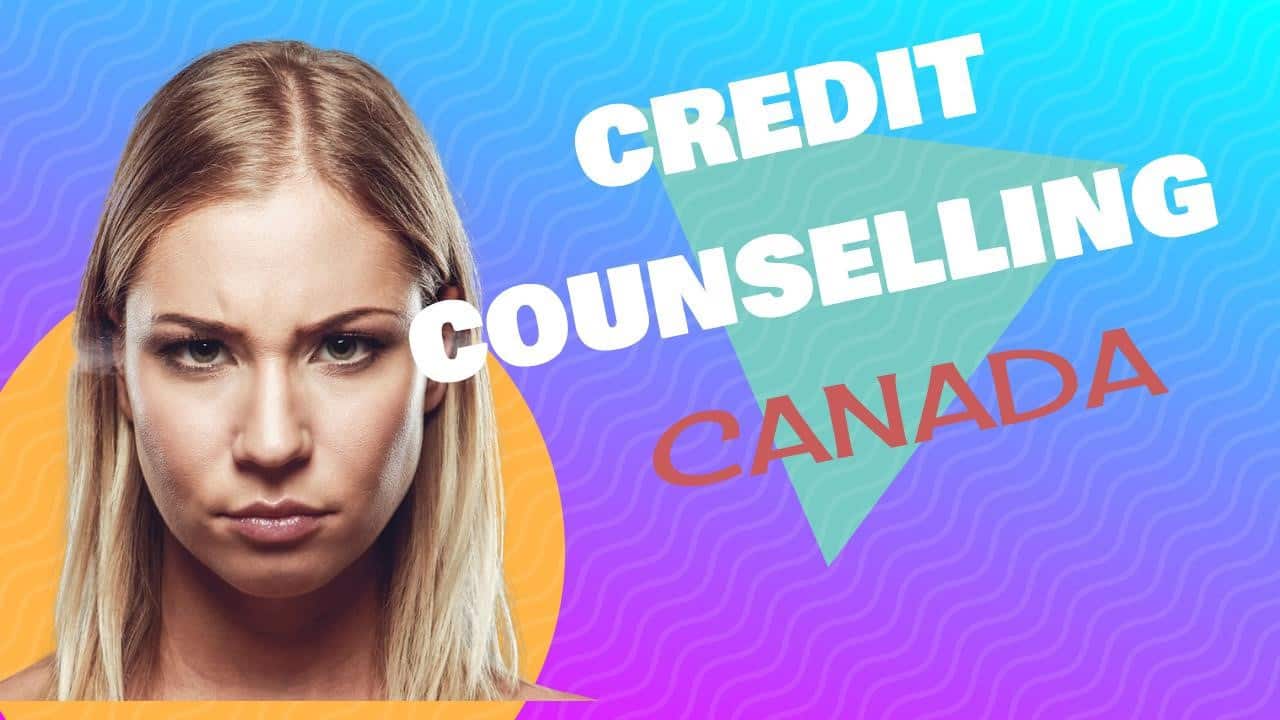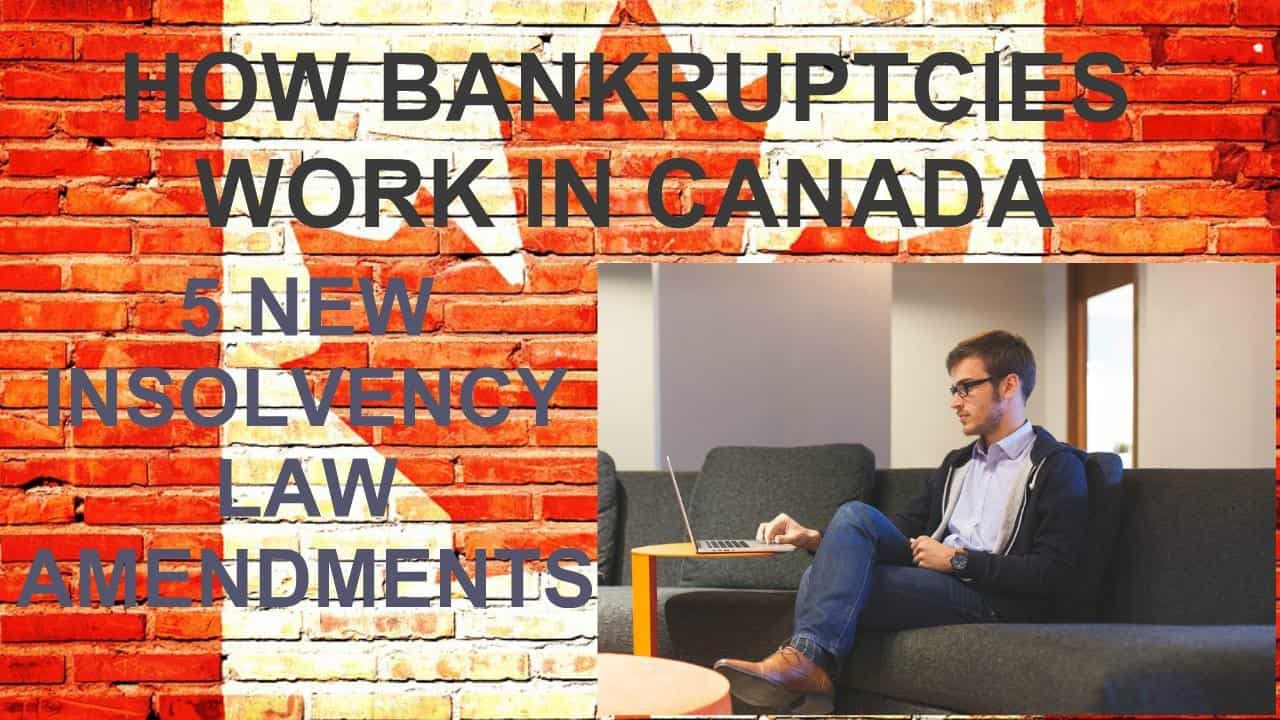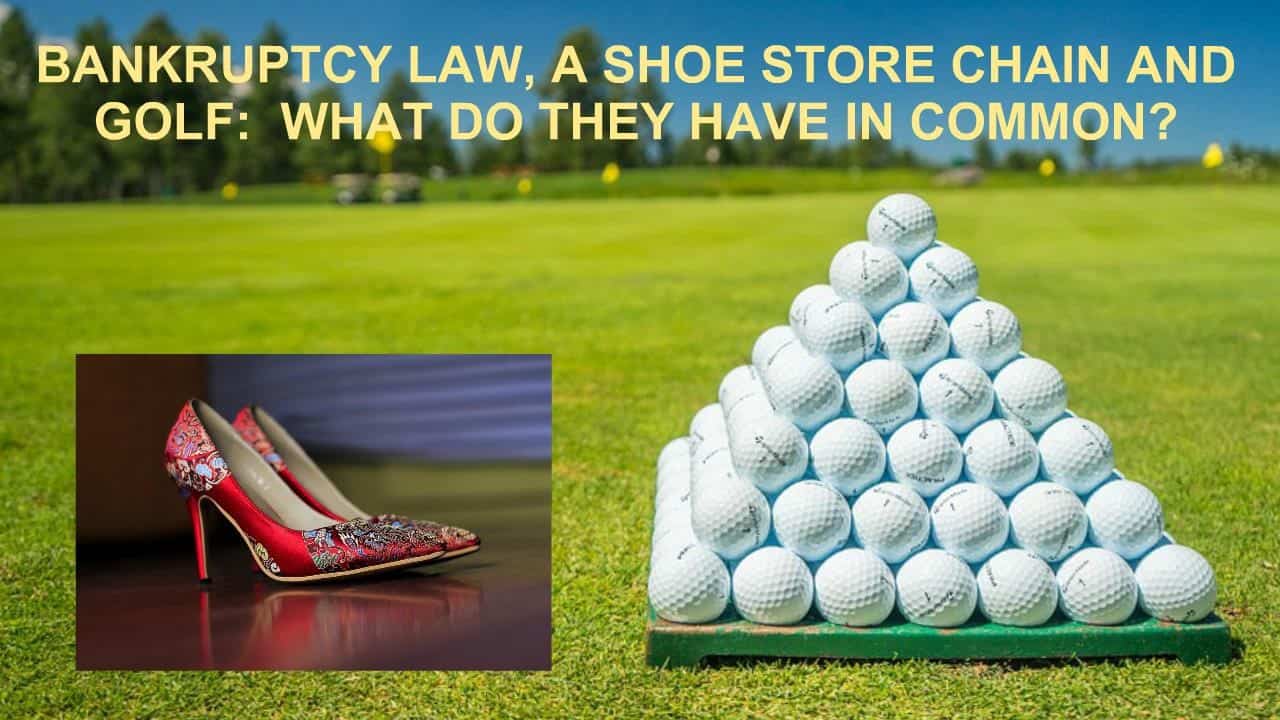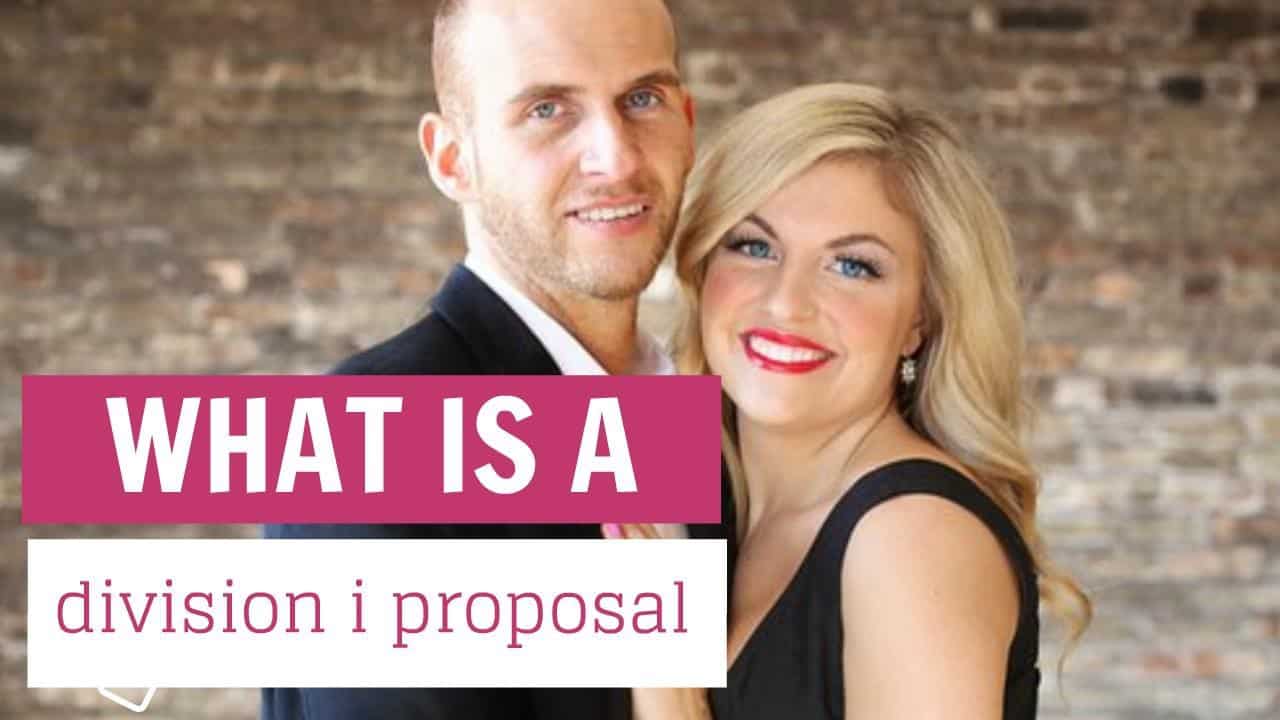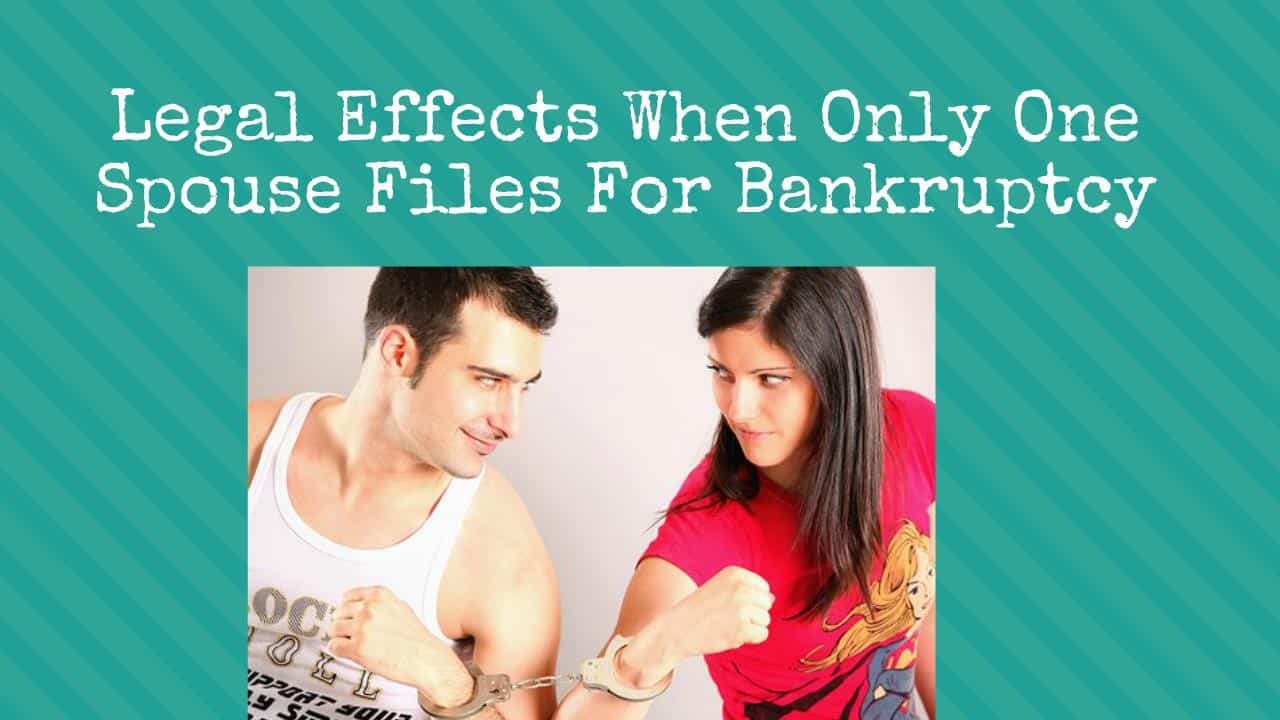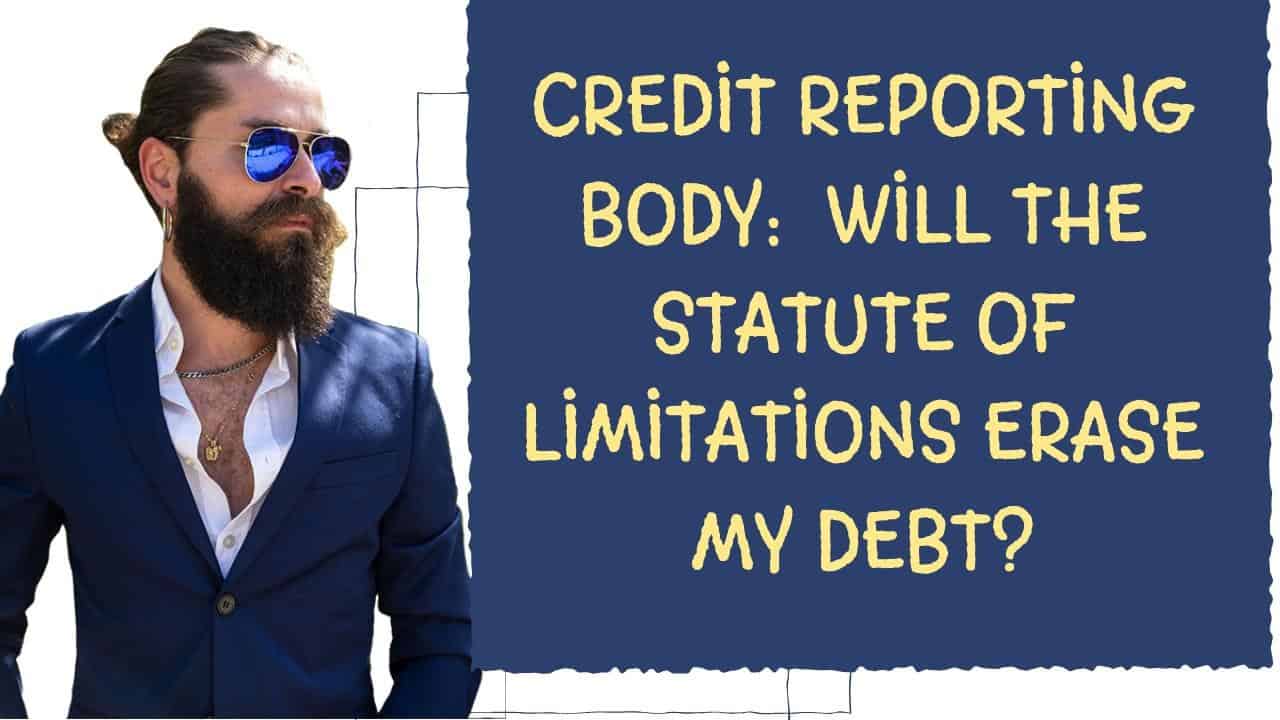NOTE: On January 13, 2022, three settlement agreements were approved by the Honourable Justice Mayer of the British Columbia Supreme Court on January 29, 2021, and November 15, 2021. As a compromise of disputed claims, these settlements are not an admission or finding of liability by the settling Defendants. You can read all about the Settlement Administration Plan and how to file a claim by CLICKING HERE to read our latest 4 Pillars blog.

If you would prefer to listen to the audio version of this how does debt relief work Brandon’s Blog, please scroll to the bottom and click on the podcast.
How does debt relief work Introduction
On October 29, 2019, The Supreme Court of British Columbia, certified a class-action lawsuit in Pearce v. 4 Pillars Consulting Group Inc., 2019 BCSC 1851. At the crux of the litigation, the question of how does debt relief work legally will be answered. In Brandon’s Blog, I describe the issues raised in this class-action lawsuit.
What is a class action?
In a class action, one or more individuals called Representative Plaintiffs sue on behalf of all other individuals with similar claims. With each other, the people included in the class action are called Class Members. One court settles the concerns for all Class Members, with the exception of those that exclude themselves from the Class.
The 4 Pillars lawsuit class-action
A class-action legal action has been begun in the B.C. Supreme Court against the 4 Pillars Consulting Group Inc. (4 Pillars). The claim is that the 4 Pillars debt consulting business has breached the B.C. Business Practices and Consumer Protection Act as well as the federal Bankruptcy and Insolvency Act (Canada) (BIA).

Plaintiff seeks to certify his action as class proceedings. The litigation looks to recoup damages for the costs billed by 4 Pillars as debt consultants to its clients. In the 4 Pillars litigation, Mr. Pearce is looking to recoup damages for the costs billed by 4 Pillars to all persons that paid fees to it in British Columbia in connection with: (i) a consumer proposal under the BIA; or (ii) an informal debt settlement proposal with the person’s creditors, all after April 1, 2016.
How does debt relief work: The allegations
In his litigation, Plaintiff claims that Defendant provided debt restructuring services in breach of both provincial legislation and the BIA.
Mr. Pearce alleges that:
- The major, if not single, debt restructuring solution given by 4 Pillars is to prepare the consumer proposal documents to hand over to licensed insolvency trustees (formerly called licensed bankruptcy trustees or a bankruptcy trustee) (Trustee) and schedules a meeting with the Trustee so that the consumer proposal can be submitted;
- 4 Pillars debt consultants represent that it might hold financial liability negotiations directly with a customer’s creditors, trying to get you an informal debt settlement, although that service is hardly ever really supplied;
- Their standard form agreement, which clients need to enter into with them, allows 4 Pillars to speak to the client’s creditors on their behalf;
- Under their standard procedures, 4 Pillars gets in touch with the debtor’s creditors to advise them that they are acting for the debtor and they will need time to make plans for the debtor; and
- They meet the debtor numerous times, collect information from the borrower, prepare a consumer proposal to provide to a Trustee and afterward meets the Trustee to administer the consumer proposal process.
Mr. Pearce goes on to state the 4 Pillars:
- acts only for its clients, the borrowers;
- prepares a consumer proposal for its clients and afterward represents to the Trustee why the proposal terms are reasonable;
- urges the Trustee to recommend that the creditors accept the proposal on the suggested terms;
- meets the Trustee and helps in answering the Trustee’s concerns; and
will, ideally, create an alternate proposal and, once more, advocate the Trustee, if their first consumer proposal is rejected by the borrower’s creditors.
The alleged cause of action under the BIA: Are the activities of a debt consulting business in breach of the BIA?
Mr. Pearce claims that contrary to the provisions of the BIA:
- none of the entities or individuals offering financial debt restructuring services are Trustees;
- performed various regulated activities that only Trustees are authorized to carry out;
- collected financial information from their customers and prepared consumer proposals for them; required borrowers to pay fees and costs which are not allowed; and
- 4 Pillars has actively solicited people to file consumer proposals which is prohibited.
There are many more claims being made by Mr. Pearce, including that there is not any real debt settlement negotiation with creditors or any real debt relief management, other than the preparation of the consumer proposal. Defendant, of course, denies it all. After hearing all the evidence, the Court found that there were sufficient grounds for this litigation to go forward as a class-action lawsuit.
Are Debt Relief Programs a good idea?
Is debt settlement a good idea?
Debt relief programs are a good idea. However, as Mr. Pearce’s litigation shows, there are companies that charge high fees and really provide no value. Worse, they may actually do more harm than good.
I have previously blogged about the risks of debt settlement businesses. In 2017, I covered the study by the Office of the Superintendent of Bankruptcy (OSB) on debt negotiation companies.
The major findings of the OSB study were that in 2016:
- In 17% of all consumer proposal filings, the client reported having spent initially for debt counselling from a debt settlement company before being guided to a Trustee.
- 57% of the consumer proposal filings for which earlier financial debt settlement advice was obtained, the Trustees had strong ties with 2 large-volume financial debt settlement companies. These 2 companies represented 64% of the total for those Trustee fees reported in 2016 for financial advice before submitting to a proceeding with a Trustee.
- Thirteen Trustee firms, that included one national-level firm, were uncovered to have countless Trustees running in routine partnership with large-volume financial debt settlement firms.
- For about 50 Trustees within these 13 firms, much better than 40% of their consumer filings were sourced from these debt settlement companies. For about 20 of those Trustees, more than 90% of their consumer proposal work stems from these 2 organizations.
- Financial debt negotiation companies have actually long utilized scare tactics with consumers to draw in business. They tell consumers that all a Trustee intends to do is put them into bankruptcy.
The OSB concluded that customers were paying financial debt settlement companies fees with cash they could not afford to pay. Only when they could no longer pay, then the debt settlement company referred the people to their favourite Trustees! The OSB was additionally concerned about the business arrangements being made between financial debt settlement outfits and those same Trustees. The OSB is very concerned with how does debt relief work in Canada since it supervises the insolvency process in Canada.
Ever since the OSB has actually introduced modifications to methods that Trustees have to comply with for the regulation of debt counsellors and business arrangements with a view to curb these practices. For the record, I as well as my Firm have no relationship with any type of debt negotiation company

Do Debt relief companies really work?
How does debt relief work with a legitimate credit counsellor? What this says is that a legitimate credit counselling service can offer a good debt settlement program. There are community-based credit counselling agencies that do not charge fees and they really do know how does debt relief work. These organizations provide a valuable service in the areas of budgeting and debt management. They are not the kind of debt consulting services that rips off unsuspecting people and prey on their fears of going to see a Trustee.
How does a debt relief program affect your credit?
With a debt relief program run by a reputable credit counselling agency, you make one regular monthly repayment to the credit counsellor, which after that disburses repayments to your creditors. This kind of plan can have a negative influence on your credit rating. Naturally, any type of late payments or high unpaid amounts on accounts will certainly worsen your credit rating The unscrupulous debt relief companies have an additional trick up their sleeve that makes your credit score worse.
The debt restructuring businesses that actually do try to negotiate with your creditors first do not make payments to them from the funds you supply for some time. Their theory is that your account must first go into arrears. Some people speculate that the money you are paying them, while they are not passing it on to your creditors, goes to the company only. When your account is now months in default, your credit score worsens.
So, the debt settlement credit score impact is real.
Is Debt Settlement Really Worth It?
How does debt relief work with a true debt settlement program? Is it really is worth it? With real consumer debt relief you can:
- get real credit counselling;
- help with setting and following a family budget where you do not spend more than you earn;
- receive true debt settlement where you will pay off all your debts for less than what the full amount is;
- enjoy the time you need to pay this lesser amount to get rid of all your debts;
- avoid interest and other high fees and charges; and
- end the stress in your life and move forward without the pain, worry, and guilt that your unmanageable debts have caused you.
There is only one government-approved debt settlement program in Canada. It achieves all of the above. The only professional authorized to administer it is a Trustee. As Pearce, now class-action litigation shows, it is a consumer proposal. A consumer proposal and a Division 1 proposal are alternatives to filing for bankruptcy. As the Pearce litigation confirms, only a Trustee can administer these kinds of debt restructuring proposal.
Although they are the same in a number of ways, there are some substantial distinctions between a consumer proposal and a Division I Proposal. Consumer proposals are used for people whose financial debts aren’t greater than $250,000, not including any type of debts registered against your house. Division 1 proposals are readily available to both companies and also people whose financial obligations go beyond $250,000 (omitting mortgages signed up on their home).
A consumer proposal is an official process under the BIA. With a Trustee, you make a proposal to:
- Pay your creditors a percentage of what you owe them over a particular amount of time, not greater than 5 years.
- Prolong the time you need to pay back the reduced amount taking care of all of your unsecured debts.
- A mix of both.
Settlements are made by the Trustee, using the monthly cash payments you make to the Trustee to make regular distributions to all your unsecured creditors.
4 Pillars lawsuit update May 24, 2021
4 Pillars appealed the decision that Mr. Pearce’s lawsuit should be converted into a class action proceeding to the Court of Appeal for British Columbia. See our updated blog describing the appeal:
4 PILLARS LAWSUIT GETS GIGANTIC APPROVAL TO PROCEED FROM COURT OF APPEAL FOR BRITISH COLUMBIA
How does debt relief work Summary
I hope you enjoyed this Brandon’s Blog on how does debt relief work and the 4 Pillars lawsuit. Are you or your company in need of financial restructuring? The financial restructuring process is complex. The Ira Smith Team understands how to do a complex corporate restructuring. However, more importantly, we understand the needs of the entrepreneur or the person who has too much personal debt. You are worried because you are facing significant financial challenges.
It is not your fault that you are in this situation, so many dollars in debt. You have been only shown the old ways that do not work anymore. The Ira Smith Team uses new modern ways to get you out of your debt troubles while avoiding bankruptcy. We can develop a financial plan to get you debt relief freedom and you can stop feeling the shame of debt.
The stress placed upon you is huge. We understand your pain points. We look at your entire situation and devise a strategy that is as unique as you and your problems; financial and emotional. The way we take the load off of your shoulders and devise a debt settlement plan, we know that we can help you.
We know that people facing financial problems need a realistic lifeline. There is no “one solution fits all” approach with the Ira Smith Team. That is why we can develop a restructuring process as unique as the financial problems and pain you are facing. If any of this sounds familiar to you and you are serious in finding a solution, contact the Ira Smith Trustee & Receiver Inc. team today.
Call us now for a free consultation. We will get your company back on the road to healthy stress-free operations and recover from the pain points in your life, Starting Over, Starting Now.

